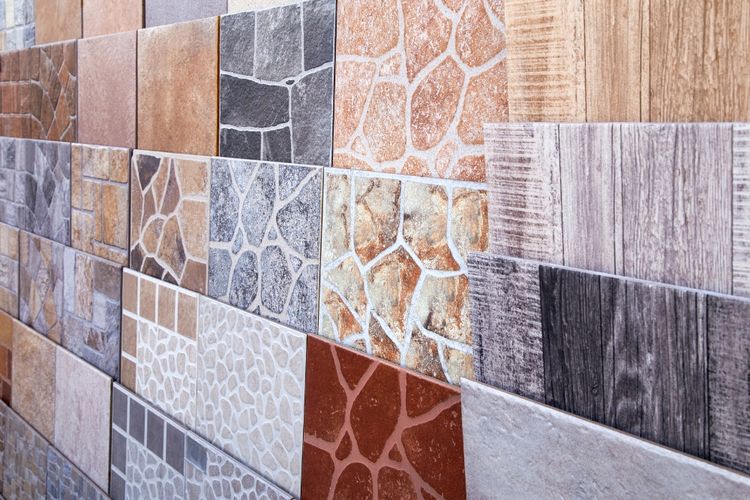Revamp Your Home: The Complete Remodeling Guide 2025
Home remodeling is a major investment that can elevate comfort, functionality, and property value. This comprehensive guide covers kitchen and bathroom upgrades, material selection, budgeting, and working with contractors. Learn practical planning tips, cost ranges, and design strategies to maximize ROI and create a home that fits your lifestyle.

Home renovations are an opportunity to improve how you live while increasing your home’s market value. Whether you’re refreshing a single room or undertaking a full-scale renovation, careful planning, smart material choices, and the right professionals will determine the outcome. The following sections unpack essential considerations for kitchens, bathrooms, budgeting, material selection, and contractor management to help you achieve a successful remodel.
Kitchen Renovation Essentials
The kitchen often delivers some of the highest returns on remodeling investments because it combines daily functionality with visible design. Start by arranging an efficient workflow—traditionally referred to as the kitchen triangle—linking the sink, stove, and refrigerator to minimize unnecessary steps. Today’s kitchens frequently include islands that serve as prep space, dining seating, storage, and a social hub.
Prioritize storage solutions such as pull-out drawers, deep drawers for pots, corner carousels, and dedicated pantry cabinetry to keep counters clear. Choose energy-efficient appliances to lower utility bills and look for models with good warranties. Countertop materials should balance beauty with durability: quartz and granite resist stains and scratches, while engineered surfaces and high-quality laminates can offer good value and low maintenance. Consider slip-resistant flooring and layered lighting—task lights under cabinets, ambient ceiling fixtures, and accent lights—to create a practical, welcoming environment.
Bathroom Remodeling Considerations
Bathroom projects require attention to moisture control, safety, and comfort. Waterproofing and moisture-resistant substrates are critical behind tiles and in wet zones to prevent long-term damage. Ventilation—either a high-capacity exhaust fan or a combination of windows and fans—reduces humidity and the risk of mold.
Popular upgrades include walk-in or curbless showers, frameless glass enclosures, and double vanities for shared bathrooms. Water-efficient fixtures such as low-flow toilets, aerating faucets, and efficient showerheads reduce consumption without sacrificing performance. When reconfiguring a layout, ensure comfortable clearances around fixtures and incorporate anti-slip flooring, grab bars, or barrier-free entries if long-term accessibility is a priority.
Cost Breakdown and Project Planning
| Project Type | Average Cost Range | Typical Timeline |
|---|---|---|
| Kitchen Remodel | $15,000 - $50,000 | 6-12 weeks |
| Bathroom Remodel | $10,000 - $30,000 | 4-8 weeks |
| Whole House Renovation | $150,000 - $450,000 | 3-12 months |
| Room Addition | $20,000 - $75,000 | 6-16 weeks |
Prices, rates, or cost estimates mentioned in this article are based on the latest available information but may change over time. Independent research is advised before making financial decisions.
Budget realistically and include a contingency fund—typically 10–20% of the project cost—to cover unforeseen issues like structural repairs or updated code requirements. Obtain multiple estimates and ask for itemized bids so you can compare labor, materials, and allowances. Factor in permit costs, inspections, and potential temporary living arrangements if the work affects key living areas.
Timelines vary depending on scope, permits, material lead times, and contractor schedules. Communicate milestones up front and request a phased schedule that lists key deliverables and completion dates.
Selecting Materials and Finishes
Choose finishes with an eye toward the room’s use and maintenance needs. High-traffic areas require durable flooring such as porcelain tile, engineered hardwood, or luxury vinyl plank. Bathrooms and kitchens benefit from non-porous or properly sealed countertops and backsplashes to resist moisture and stains.
Consider surface finish choices—matte surfaces can hide scratches and water spots, while gloss finishes reflect light but may show wear sooner. Evaluate warranties and lifecycle costs: higher-quality materials can mean fewer repairs and replacements over time, offsetting the initial expenditure. Also weigh sustainability and indoor air quality—low-VOC paints, FSC-certified wood, and recycled or responsibly sourced materials are increasingly available.
Working with Remodeling Professionals
Choosing the right team is essential for complex renovations. Start with referrals, online reviews, and trade association listings. Verify licenses, insurance, and local references. Request detailed written proposals that include scope, materials, payment schedule, start and completion dates, and handling of change orders.
Establish clear communication habits—weekly progress updates, documented decisions, and a single point of contact help avoid misunderstandings. Protect yourself with a formal contract, retainage clauses, lien waivers, and inspection checkpoints. For larger jobs, consider hiring an independent project manager or design professional to oversee schedules, quality control, and contractor coordination.
Final inspections and a punch-list walk-through before final payment ensure work meets expectations. Keep receipts, warranties, and product manuals in a project folder for future maintenance and resale disclosure.
Remodeling is both an emotional and financial undertaking. Prioritize choices that improve everyday function, reflect your style, and maintain broad market appeal to maximize return on investment. Balancing trends with timeless design, planning for contingencies, and working with reputable professionals will help transform your living spaces into safer, more beautiful, and more valuable parts of your home.






